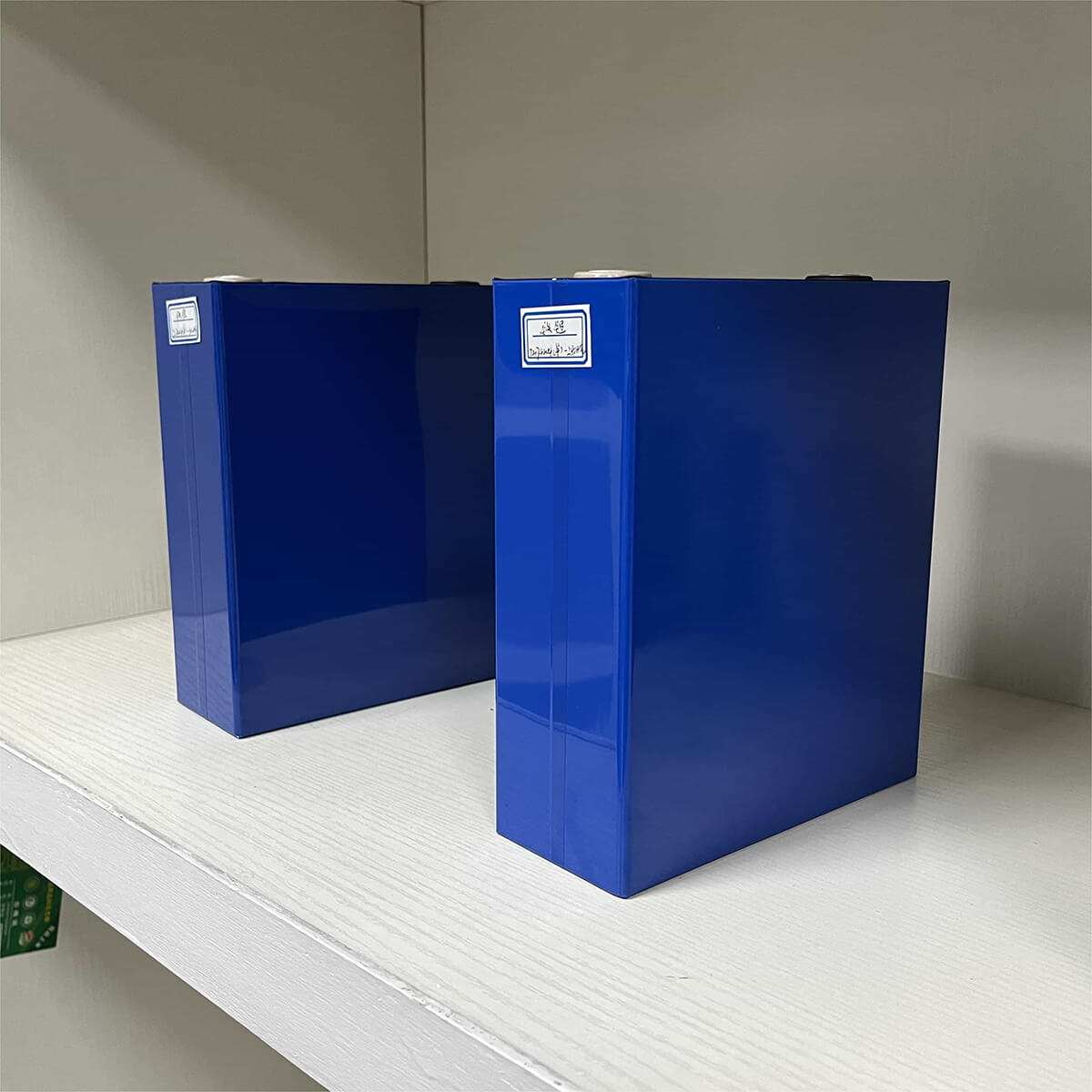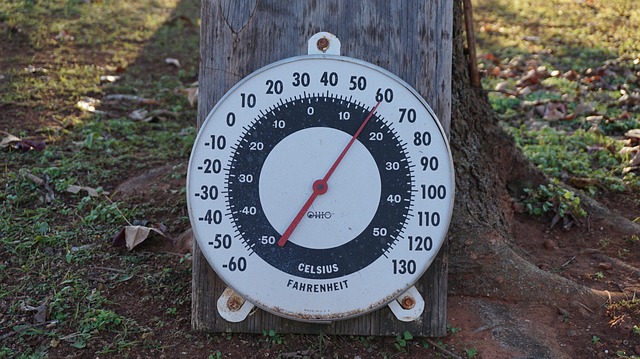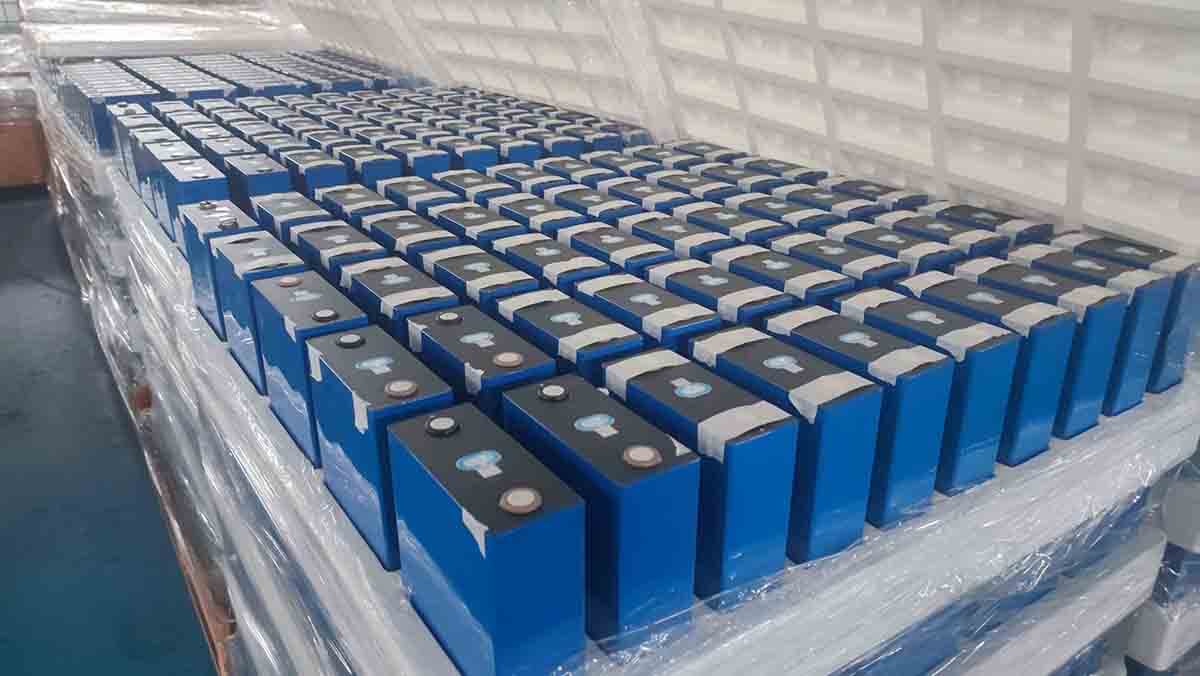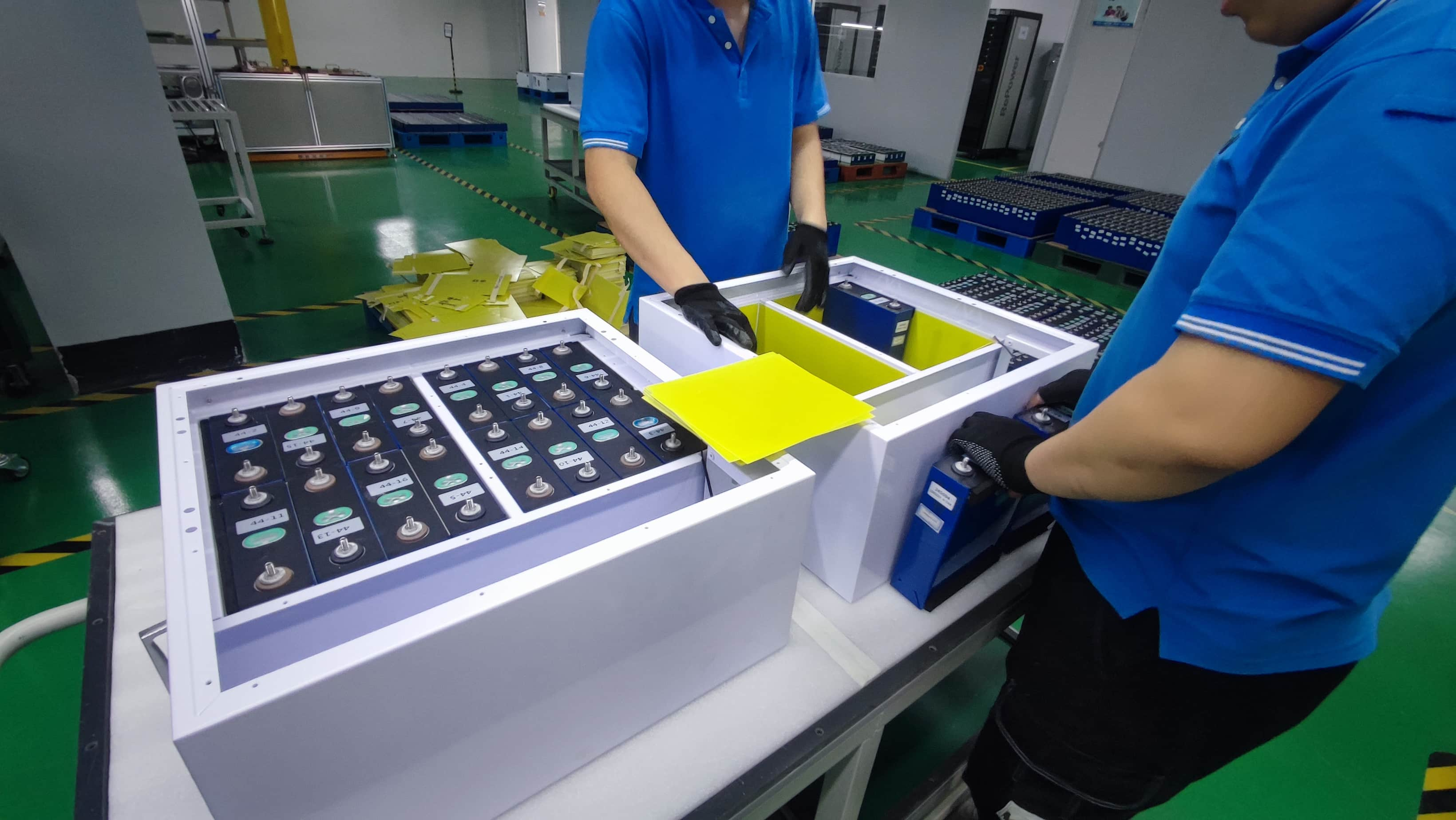Preventing Lifepo4 Battery Fires: Tips And Best Practices

The widespread use of LiFePO4 batteries has revolutionized the way we power our electronics. But it's important to remember that these powerful cells require careful handling and maintenance to prevent fires. Today, I'm here to provide you with tips and best practices for preventing LiFePO4 battery fires.
We’ll start by discussing how these fires occur in the first place and why they should be taken seriously. Then, we'll cover some key strategies for keeping your batteries safe, so you can remain confident while using them in all sorts of projects. I want to make sure everyone is equipped with the knowledge necessary to handle their LiFePO4 batteries safely and effectively!
Finally, I'll explain what steps you should take if a fire does happen because even when we do everything right, accidents can still occur. With this information on hand, you'll have the tools needed to stay on top of battery safety and keep yourself protected from any unfortunate mishaps. Let's dive in!
Lifepo4 Battery Fire Hazard
Have you ever wondered how a seemingly harmless battery could cause such destruction? When it comes to lifepo4 batteries, the potential for fire is very real. So I want to make sure that everyone understands the dangers of these batteries and has the knowledge they need to prevent them from becoming an unnecessary hazard.
Lifepo4 batteries have become increasingly popular in recent years due to their high energy density and long-lasting charge. However, this technology also comes with certain risks associated with it: when overcharged or used incorrectly, there can be a risk of thermal runaway leading to fire or explosion. This is why it's important for users to take all necessary precautions when using Lifepo4 batteries.

To ensure proper use and reduce the risk of fire, there are several steps that should be taken. First, only purchase quality certified lifepo4 batteries that come with protective measures like temperature control systems built into them. Second, always follow manufacturer instructions regarding charging times and voltage levels; never exceed these limits as doing so can lead to serious damage and even dangerous situations. Finally, practice safe storage habits: Store your batteries away from flammable objects and avoid exposure to extreme temperatures which may accelerate any chemical reactions inside the battery cells.
By following these tips and best practices, you'll significantly reduce the chances of experiencing a lifepo4 battery fire.
Chemistry Of Lifepo4 Batteries
When it comes to preventing lifepo4 battery fires, understanding the chemistry of these batteries is key. The lifepo4 batteries contain a cathode material composed of lithium iron phosphate and an anode material composed of carbon. This combination results in a complex chemical reaction that produces an electric current when ions move between the two materials.
The first step in understanding how these work is familiarizing yourself with phosphates cell chemistry. Phosphate cells are made up of two electrodes (or terminals) that act as conductors for electrons during charging and discharging cycles. These electrons flow through the electrolyte solution, allowing them to release energy.
Next, we will look at the specific chemistries involved in lifepo4 batteries. The cathode material has chemistry based on lithium phosphate while the anode material uses graphite-based carbon compounds. During charge and discharge cycles, lithium ions travel from one electrode to another, creating an electrical current along the way. Meanwhile, oxygen molecules within the electrolyte provide additional stability by reacting with both the cathode and anode materials to form new compounds.

These complex processes illustrate why proper storage, usage and maintenance of your lifepo4 battery is so important:
- Improper use can lead to overcharging or overheating which could cause thermal runaway reactions leading to fire or explosion;
- Exposure to extreme temperatures may also increase the risk of failure due to reduced performance or physical damage;
- Chemical imbalances resulting from poor manufacturing practices or tampering can create hazardous conditions such as sparking and short circuits.
It's clear that there are many factors at play when discussing safety measures related to lifepo4 batteries not just those addressed here but others too numerous to mention here today! However, having a basic grasp on their underlying chemistry allows us to be better prepared for any potential risks associated with using them in our projects.
Lifepo4 Battery Construction And Design Considerations
It's like an orchestra. Each individual cell of a LiFePO4 battery is important in order to make sure it operates safely and efficiently. When the cells are put together, they must be constructed with safety measures taken into account. If any one of these components isn't working properly, then you could have a dangerous situation on your hands possibly even a fire!
The table below summarizes key design elements for lifepo4 batteries:
| Key Design Element | Description |
|---|---|
| Cell Configuration | The number of cells connected in series or parallel will determine voltage and capacity respectively |
| Battery Design | Must consider potential internal short circuits from dendrite formation, as well as external shorts due to damage/excessive heat |
| Safety Features | Low-voltage cutoffs, current limiters, temperature sensors, etc designed to automatically disconnect power when needed |
| Insulation Material | Ensure insulation material can withstand high temperatures generated by charging and discharging operations |
It’s essential that all safety features and materials used to meet industry standards so that users can trust their LiFePO4 batteries won’t overheat or catch fire under normal operating conditions. To ensure this happens, manufacturers should use only quality parts and conduct rigorous testing before putting products up for sale. This helps guarantee the customer gets what they expect - a safe, reliable product without any hidden surprises.
In addition to following best practices during construction and design phases, consumers should also take steps such as reading instructions carefully and regularly inspecting their batteries for signs of wear or damage. Doing this can help prevent potentially catastrophic incidents down the line.
At the end of the day, building lifepo4 batteries requires careful consideration of various factors including cell configuration, battery design, safety features, and insulation material among others. By following proper protocols throughout production stages and performing routine maintenance afterward, users can rest assured knowing their LiFePO4 battery is built to last while providing maximum protection against fires or other hazardous events.
Charging Guidelines
Now that you know the basics of lifepo4 battery construction and design considerations, it's time to look at how proper charging habits can help prevent fires. To ensure maximum safety when charging your lithium-ion batteries, here are some key guidelines:
First off, always use a reputable charger designed specifically for the type of battery you are using. Never attempt to charge a LiFePO4 battery with an incompatible charger as this could cause risks such as thermal runaway. Also be aware that overcharging or undercharging is equally dangerous; always follow manufacturer instructions closely for the best results.

Next, pay attention to temperature during charging. A safe operating temperature range for most LiFePO4 cells is between 0°C (32°F) and 45°C (113°F). If temperatures exceed these thresholds while charging, cases may occur where excessive heat buildup causes fire hazards. So make sure both the cell and environment remain within these limits throughout the duration of the cycle if possible.
Finally, monitor regular maintenance on your batteries in order to detect any potential issues before they become serious problems. This includes things like checking connectors and wires regularly for signs of wear or corrosion, testing individual cells periodically to check their voltage levels compared to other cells in the pack, and storing them properly when not in use - all important steps toward ensuring optimal performance and preventing accidents due to improper charging practices.
By following these basic guidelines and keeping up with routine maintenance checks on your LiFePO4 batteries, you will have taken vital steps toward avoiding unnecessary risks associated with charging issues.
Storage Conditions
Storing your Lifepo4 batteries safely is key to preventing fires. Temperature control, proper ventilation and humidity control are essential for ensuring safe storage conditions. Keeping the storage temperature between 0-20 degrees Celsius is ideal for maintaining optimal battery performance and reducing risk of fire hazards. It’s important to note that hot weather can cause an increase in internal pressure which could result in a decrease in performance or even worse, a fire hazard.

It's also important to store your batteries away from any impact protection such as hard surfaces or sharp edges. Any contact with these types of objects could potentially damage the casing on the battery resulting in heat build-up and subsequent fire risk. When storing multiple batteries together, make sure they are kept at least 10cm apart from one another so there is no potential danger if one were to overheat due to improper ventilation or other factors.
Finally, ensure all cells are stored properly by keeping them in their original packaging until use. If any cells show signs of swelling then replace them immediately before further use as this indicates an increased risk of safety concern within the cell itself. Following these steps will help reduce the likelihood of a lifepo4 battery catching fire during storage and ensure you keep yourself protected when using them effectively.
Troubleshooting Malfunctions
When dealing with lifepo4 batteries, it is important to identify and troubleshoot malfunctions. Malfunctioning batteries can cause potential fires or other dangerous situations, so it is essential to have the right tools in place for fault isolation and corrective action. To help make this process easier, here are a few tips on how to prevent and troubleshoot battery faults:
- Identify any abnormal behavior or warning signs that could indicate an issue with the battery such as excessive heat buildup or unexpected changes in voltage.
- Utilize proper diagnostic tools like multimeters and oscilloscopes to diagnose the issue.
- Conduct regular inspections of all components within the system to ensure everything is functioning properly.
- Regularly perform maintenance procedures on your battery pack including checking connections, cleaning terminals, etc.
The most effective way to prevent lifepo4 battery fires caused by malfunctions is by being proactive about maintenance and diagnostics. By identifying issues before they become significant problems, you can avoid many hazardous scenarios from occurring. Additionally, having reliable diagnostic tools will help isolate faults quickly which allows for faster resolution times resulting in less downtime due to faulty components or systems. Ultimately, it’s up to us as individuals responsible for maintaining these power sources to take best practices into account when handling them safely and efficiently.
Containment Solutions
Having troubleshot the malfunctioning lifepo4 battery, it is time to look at containment solutions. Containing a potential fire from a faulty or damaged battery is an important safety measure that should not be overlooked. Here are some tips and best practices for keeping your environment safe when working with lifepo4 batteries.
| Containment Solutions | Fire Suppression Systems |
|---|---|
| Battery Containment System | Sprinkler System |
| Firewalls | Foam Agent |
| Insulation/Barriers | Clean Agents |
The first step in containing any potential fires involving lifepo4 batteries is to create physical barriers such as insulation, firewalls, and other materials between the battery and its surroundings. This will help minimize damage from smoke, heat and flames if a fire were to occur.
Additionally, using appropriate fire suppression systems such as sprinklers, foam agents, and clean agents can help contain fires quickly before they spread further than necessary. Lastly, investing in a specialized battery containment system designed specifically for the large-scale storage of lifepo4 batteries can provide an extra layer of protection against possible malfunctions or fires.

It's clear that having proper containment measures in place is essential for maintaining safety when dealing with lifepo4 batteries. Taking proactive steps such as utilizing barrier materials, installing fire suppression systems and investing in specialized battery containment systems can ensure that all environments remain safe while working with these powerful energy sources.
Fire-Retardant Materials
When it comes to preventing lifepo4 battery fires, one of the best things you can do is use flame-retardant materials. Fire-resistant fabrics like Kevlar and Nomex are great for protecting any parts connected to your batteries from overheating.
Similarly, fire-proof insulation such as ceramic fibers or glass wool will help keep heat away from the cells in your batteries. Thermal insulation materials also work well for keeping your electronic components cool and safe from potential fire hazards. Finally, fire-resistant coatings can be applied directly onto surfaces that come into contact with high temperatures. This provides an extra layer of protection against possible ignition sources.
These kinds of measures should not be overlooked when dealing with lithium ion batteries and other similar types. Not only do they provide a sense of safety but they also make sure that no matter what happens, you're prepared in case something goes wrong. Taking steps to ensure the safety of yourself and others around you is absolutely essential - especially when working with highly flammable material like lifepo4 batteries! With these simple precautions in mind, you'll have peace of mind knowing you're doing all you can to prevent a dangerous situation from occurring.
Automated Safety Systems
Automated safety systems are an efficient and reliable way to prevent fires in lifepo4 batteries. These electronic systems detect potential fire hazards before they become a reality, allowing you the peace of mind that your battery is safe from catastrophic failure. An automated system can trigger alarms or shut down operations if it detects any irregularities in temperature, voltage, current flow or other characteristics of your battery. It also enables remote monitoring so you can be alerted immediately when there's a problem with your battery.

The most effective type of fire-detection system for lifepo4 batteries involves installing multiple sensors throughout the battery cell itself as well as on its surrounding components. This means that any changes to the temperature or electrical parameters can be detected quickly and effectively. The data collected by these sensors then gets analyzed by an advanced algorithm which decides whether further action needs to be taken depending on how severe the anomaly is. In some cases, this could mean shutting down operations completely until a qualified technician has assessed the situation and determined a course of action.
By utilizing automated safety systems, you have greater control over ensuring your lifepo4 battery remains fire-safe at all times - even during periods when manual supervision may not be available or practical. For example, having such a system installed onboard vehicles allows for continuous monitoring without relying solely on human vigilance - something that can often fail us during sudden emergency situations where time is critical. Automated safety systems provide both assurance and extra protection against unforeseen events that might otherwise lead to disastrous consequences due to a lack of proper oversight.
Battery Management System (Bms)
The best way to prevent lifepo4 battery fires is with a Battery Management System (BMS). BMSs are automated safety systems that monitor the charge and discharge of lithium-ion batteries, ensuring they remain within safe operational limits. Proper installation and maintenance of these systems can help reduce risks associated with lifepo4 battery fires.
When it comes to installing a BMS, there are certain requirements that should be met. These include selecting the right system for your application, verifying voltage compatibility between components, understanding basic electrical principles such as current flow direction and resistance, and following manufacturer instructions when connecting wiring harnesses. Additionally, proper insulation must be used in order to protect against electric shock hazards during operation.

Once installed, BMSs require regular maintenance and troubleshooting in order to keep them functioning optimally. This includes checking terminals for corrosion or other signs of damage; measuring voltages on critical points; inspecting cable connections; testing relays; calibrating sensors; replacing fuses; running diagnostic tests; adjusting alarm settings; enforcing lockout/tagout procedures for repair activities; and performing periodic functional checks according to manufacturers recommendations. All of these tasks ensure that the BMS operates correctly at all times and helps reduce potential fire risks from lifepo4 batteries.
These tips provide an overview of how to properly install and maintain a Battery Management System (BMS) in order to minimize the risk of lifepo4 battery fires. A well-maintained BMS is essential for keeping batteries operating safely while providing reliable power over time without incident.
Ground Fault Circuit Interrupter (Gfci)
When it comes to lifepo4 battery safety, a ground fault circuit interrupter (GFCI) is an essential component in preventing fires. GFCIs are designed to detect any electrical current leakage and shut off the power quickly if needed. Proper installation of a GFCI is essential for ensuring that your lifepo4 batteries are safe from fire hazards.
In order to ensure proper GFCI protection, you should always hire a certified electrician for installation. An experienced electrician will be able to properly install the GFCI according to all relevant codes and regulations. This ensures that the GFCI will be effective in protecting your lifepo4 batteries from potential fire risks. Furthermore, having a professional inspect your existing wiring system can help identify any other issues with your electrical setup.
By taking preventative measures such as installing a GFCI, you can rest assured knowing that you're doing everything possible to keep yourself and others safe while using lifepo4 batteries. Taking these precautions not only helps protect against fire hazards but also increases peace of mind when handling lifesaving energy sources like lithium-ion cells. Ensuring that your GFCI is up-to-date and correctly installed can save lives by helping to prevent future disasters caused by faulty equipment or careless practices.
Heat Sinks And Cooling Systems

When it comes to preventing lifepo4 battery fires, heat sinks and cooling systems are essential components of any thermal management strategy. Heat sinks help dissipate the heat generated by a battery cell during charging or discharging cycles, while cooling systems ensure that the temperature is kept within an acceptable range. With both mechanisms working together, we can reduce the risk of overheating and ultimately prevent fires from occurring in our batteries.
Here are 3 ways you can use heat sinks and cooling systems to effectively manage your lifepo4 battery’s temperature:
- Install a fan near your lifepo4 cells to keep air circulating at all times. This will help disperse excess heat more quickly and efficiently.
- Place insulation around your battery pack to minimize heat transfer between the environment and the cells inside. Insulation also helps retain cold temperatures when needed for optimal performance.
- Use thermally conductive materials like aluminum or copper on your cells' outer surfaces to act as additional heat sinks and facilitate better temperature regulation throughout the system.
In order to properly protect ourselves from potential hazards posed by overheated batteries, it's important that we take proper precautions such as utilizing efficient thermal management strategies like those outlined above. By following these guidelines along with other safety protocols related to fire prevention, we'll be able to confidently work with our lifepo4 batteries without worrying about potential risks associated with them.
Installation Procedures

When it comes to installing lifepo4 batteries, there are certain techniques and considerations that must be taken into account. It is important to ensure proper wiring of the battery, as incorrect wiring can lead to an increased risk of fire. Additionally, careful planning needs to go into the location selected for installation. The environment should be free from any sources of heat or sparks, and proper ventilation must be provided in order to prevent overheating of the battery.
The next step is ensuring all safety measures have been implemented prior to starting an installation project. This includes wearing protective clothing such as flame-resistant gloves and eye protection when handling or working on the battery. All tools used for installation need to be inspected before each use and appropriate insulation should always be employed when dealing with wiring or other components connected to the battery.
Finally, a comprehensive checklist should also be followed in order to ensure accuracy throughout the entire process. This will help mitigate potential risks associated with improper installation practices and minimize the chances of fires occurring due to faulty installations. Following manufacturer instructions as well as paying attention to local building codes are essential steps in making sure this type of work is done safely and correctly so you can enjoy your new batteries without fear!
Maintenance Requirements
The key to preventing lifepo4 battery fires is preventive maintenance. It's like an insurance policy against disaster - a little bit of effort and cost upfront can save you from catastrophic harm later on. From regular safety inspections to adhering to a strict maintenance schedule, there are steps one must take in order to ensure the safe operation of their batteries.

First, it's important to conduct periodic safety inspections on your batteries. Inspections should be done at least once per month and involve a visual assessment of each cell as well as any other components that could potentially lead to overheating or fire (wires, fuses, etc). During these inspections, pay close attention to signs of corrosion, swelling, cracks in the casing or insulation, and any foreign objects lodged inside the cells. If anything looks out of place or raises suspicion, contact a professional immediately for further investigation.
Finally, make sure that your lifepo4 batteries stay up-to-date on their maintenance schedules. This includes regularly checking all connections for tightness and ensuring that the electrolyte levels remain within acceptable limits. Depending on your application requirements, this may also include replacing certain parts such as cooling fans or capacitors when necessary. While maintenance costs can add up over time, they pale in comparison to what one would face if a battery were to catch fire due to negligence.
Regulatory Compliance
Now that we've discussed the maintenance requirements for protecting your lifepo4 battery from fires, let's move on to regulatory compliance. To ensure maximum fire safety with these batteries, it is important to comply with all relevant codes and regulations regarding their use. This includes familiarizing yourself with both local and national safety standards as well as any specific code requirements related to battery storage and handling.
It is also wise to stay up-to-date on the latest developments in battery technology and industry standards. Manufacturers often revise existing standards or introduce new ones as technology evolves, so staying informed can help you better understand how best to keep your batteries safe and compliant. Additionally, being aware of the most current fire safety protocols ensures that if an incident occurs, they are equipped to handle it according to the established rules.

Finally, ensuring that your batteries meet all applicable technical and legal criteria will give you peace of mind knowing that you have taken every step necessary for optimal fire safety performance. It may require a bit more effort than simply performing routine maintenance but ultimately it could make all the difference when it comes to preventing battery fires in your facility.
Conclusion
As a professional lifepo4 battery manufacturer, I can tell you responsibly that following the above tips and best practices will play a big role in preventing fires. It is imperative to understand the chemistry behind such batteries, their special structural design considerations, charging guidelines, storage conditions, heat sinks and cooling systems, installation procedures and maintenance requirements, and regulatory compliance.
These are all necessary steps one must take when dealing with lithium-ion technology like Lifepo4 batteries to ensure they remain safe from fire hazards. Taking into account these different aspects of handling them can go a long way towards preventing any potential accidents or disasters from occurring.
By doing our due diligence to understand the risks associated with using this type of battery and taking the necessary precautionary measures outlined here, we can protect ourselves and those around us from potential harm. Together let’s strive for safer use of these innovative technologies!

Le batterie LiFePO4 forniscono una soluzione sicura e duratura per applicazioni ad alta
richiesta, mentre le batterie al litio, comprese le batterie agli ioni di
litio, forniscono energia portatile per i dispositivi di uso
quotidiano. Le batterie a ciclo profondo, invece, sono adatte per applicazioni che richiedono una scarica di energia
continua e lenta. Conoscere questi tipi di batterie ti
aiuterà a scegliere la batteria giusta per le tue esigenze specifiche.